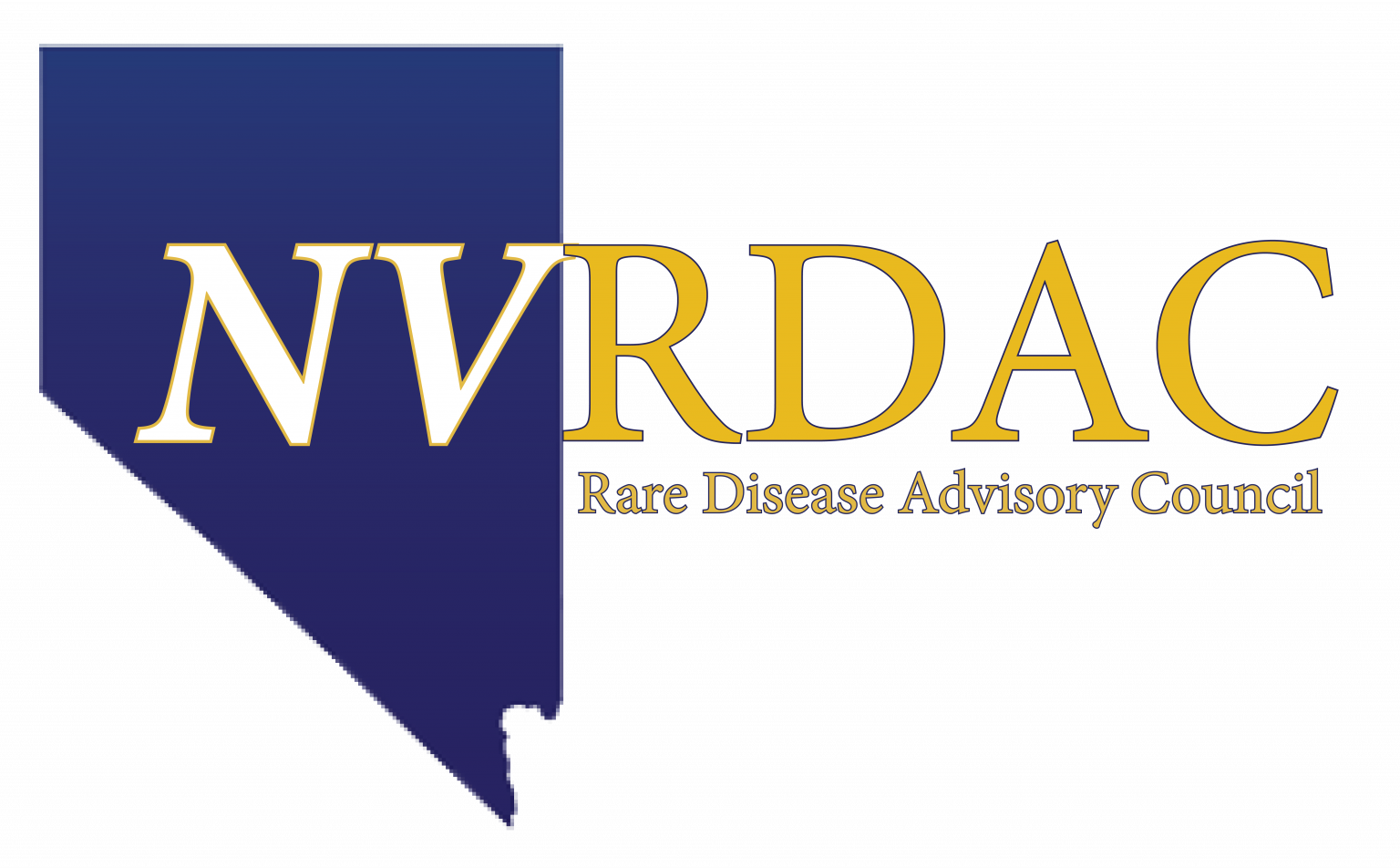Key Takeaways:
- Nevada receives among the lowest NIH funding in the nation—ahead of only Alaska and Wyoming—making our research ecosystem especially vulnerable to federal cuts.
- Philanthropy cannot replace federal investment. Private foundations account for just 1.2% of medical research spending in the U.S., while the federal government accounts for 25%. Even extraordinary philanthropic efforts cannot backfill meaningful federal reductions.
- The consequences cascade quickly: Young researchers leave the state, clinical trials close, patients lose access to cutting-edge treatments, and families return to the old Nevada reality of “pain, get on a plane.”
- Nevada has made enormous progress—achieving R1 research status at both major universities, establishing the Nevada Rare Disease Advisory Council, and building partnerships that bring clinical trials home. But this ecosystem remains fragile.
- Research funding determines whether Nevada continues advancing care or falls backward. For children with cancer, rare disease patients, and Nevada’s rapidly growing senior population, these aren’t budget numbers—they’re timelines for hope.

Research saves lives—plain and simple.
Every breakthrough that transformed modern medicine was sparked by research fueled largely by federal investment through the National Institutes of Health (NIH). From immunotherapy for cancer to the diagnostics that extend life for children with rare diseases, none of it would exist without the decades-long commitment of public research dollars.
But today, that lifeline is under threat.
Recent federal proposals to cut NIH funding—and delays in distributing existing grant dollars—are creating real fear among researchers, clinicians, and families across the country. Here in Nevada, where research infrastructure is still young and fragile, the impact could be far more severe.
And let me be clear: Nevada cannot afford to lose ground. Our patients cannot afford for progress to slow—even by a single year.

Nevada Depends on Research More Than Most States
Nevada receives among the lowest NIH funding in the nation—ahead of only Alaska and Wyoming. That’s not because our needs are lower; it’s because our research ecosystem is still developing.
We’ve made enormous strides:
- UNR and UNLV both achieved the prestigious R1 “Very High Research Activity” classification.
- State investments in research infrastructure have grown.
- Nonprofits—including Cure 4 The Kids Foundation and the Lou Ruvo Center—have brought clinical trials and emerging science home to Nevada families.
But this ecosystem is still delicate, and when federal funding becomes uncertain, the consequences cascade quickly:
- Young researchers leave the state or the field entirely.
- Labs lose momentum because science can’t be turned on and off.
- Patients lose access to cutting-edge treatments and clinical trials close to home.
- Families are forced back into the old Nevada reality: “pain, get on a plane.”
For rare disease and pediatric cancer patients—who already face delayed diagnoses, limited specialists, and complex treatment pathways—these setbacks can cost not just years, but lives.
Philanthropy Can Spark Progress—But It Cannot Replace Federal Investment
Nevada is incredibly generous. From the Keep Memory Alive Rodeo to 5K fundraisers and galas statewide, philanthropy is part of the fabric of our community.
These efforts matter. They help researchers test ideas, build proof-of-concepts, and create momentum that leads to larger federal grants.
But philanthropy represents just 1.2% of medical research spending in the U.S. Industry accounts for 66%. The federal government accounts for another 25%.
This means even the most extraordinary philanthropic efforts simply cannot backfill a meaningful federal reduction. As one national expert said: “There’s no way foundations can fill the gap.”

Federal Cuts Have Real Human Consequences
Nevada researchers are already feeling the fallout of uncertainty. One UNR research associate had to leave her NIH-funded lab position when delays in grant disbursement caused the funding to lapse. She moved to a different field—one less connected to patient care and scientific advancement.
This is not an isolated story. Delays pull graduate students, early-career researchers, and skilled lab staff away from critical work. Some never return. Every time this happens, we lose knowledge, momentum, and years of potential discovery.
This brain drain is devasting for Nevada, a state battling:
- Some of the fastest-growing Alzheimer’s rates
- The nation’s lowest childhood cancer research participation
- A severe shortage of pediatric specialists, and
- One of the most underserved rare disease populations
Why It Matters for Children With Cancer and Rare Diseases
At Cure 4 The Kids Foundation, we see firsthand the power of research. NIH-supported studies have created therapies that now cure over 80 percent of childhood cancers and have begun opening pathways for rare genetic diagnoses that once had no hope.
Our partnership in national research networks—COG, NANT, and disease-specific collaborations—brings the most advanced science directly to Nevada families. The state’s Rare Disease Advisory Council (NVRDAC) is using data from our Nevada Rare Disease Needs Assessment and the Nevada Cancer & Rare Disease Registry to shape smarter policy built on real patient experiences.
None of this happens if research stalls.
- Families lose access to clinical trials.
- Promising treatments slow down.
- Early-phase discoveries never reach the bedside.
- And the children we serve wait years longer than they should for the cures they deserve.
Nevada’s Strength Is Its Willingness to Build—Now We Must Protect What We’ve Built
Nevada has never been afraid to take bold steps:
- We built a statewide pediatric oncology program from scratch.
- We created a Rare Disease Advisory Council when most states had none.
- We expanded newborn screening and modernized genetic care.
- We established the Nevada Cancer & Rare Disease Registry—the first of its kind in the state.
- We invested in research universities, upgraded infrastructure, and positioned Nevada to compete nationally.
But these achievements sit on a knife’s edge. NIH cuts aren’t just numbers in a budget line—they determine whether our state continues advancing care or falls backward.

A Call to Protect Research—and the Patients Behind It
Nevada’s future in scientific discovery depends on the stability, strength, and predictability of federal research funding.
As leaders in healthcare, government, and philanthropy, we must:
1. Advocate fiercely for protecting NIH funding. Research is a public good. It belongs to every family.
2. Maintain and expand Nevada’s state investments. State support has helped us climb into national competitiveness—we cannot retreat.
3. Strengthen public-private partnerships. Philanthropy should spark innovation, not rescue it.
4. Build sustainable research career pathways in Nevada. To retain scientists, we must create stable funding environments.
5. Ensure that rare disease and pediatric cancer patients remain at the center.
Their needs are urgent. Their timelines are short. Their voices must shape our priorities.
Hope Is Still on Our Side
Nevada has a long history of proving people wrong. We innovate quickly, we collaborate deeply, and we build infrastructure at a pace most states envy.
And our researchers—at C4K, Lou Ruvo, UNLV, UNR, and across the state—are rising to the challenge with creativity, resilience, and a fierce commitment to the communities they serve.
But they cannot do it alone.
We need stable, sustained research funding so that the next breakthrough happens here—and so Nevada families don’t have to leave their state or their support systems when facing the hardest moments of their lives.
Our children, our seniors, and our rare disease community are counting on us to stand up for science.
And we must.
Because in Nevada, research isn’t optional. It’s life-saving.

About the Author: Annette Logan-Parker brings over 30 years of experience in pediatric oncology to her role as Founder and Chief Advocacy & Innovation Officer at Cure 4 The Kids Foundation. She has dedicated her career to improving outcomes for children with cancer and ensuring equitable access to cutting-edge treatments for all families.






